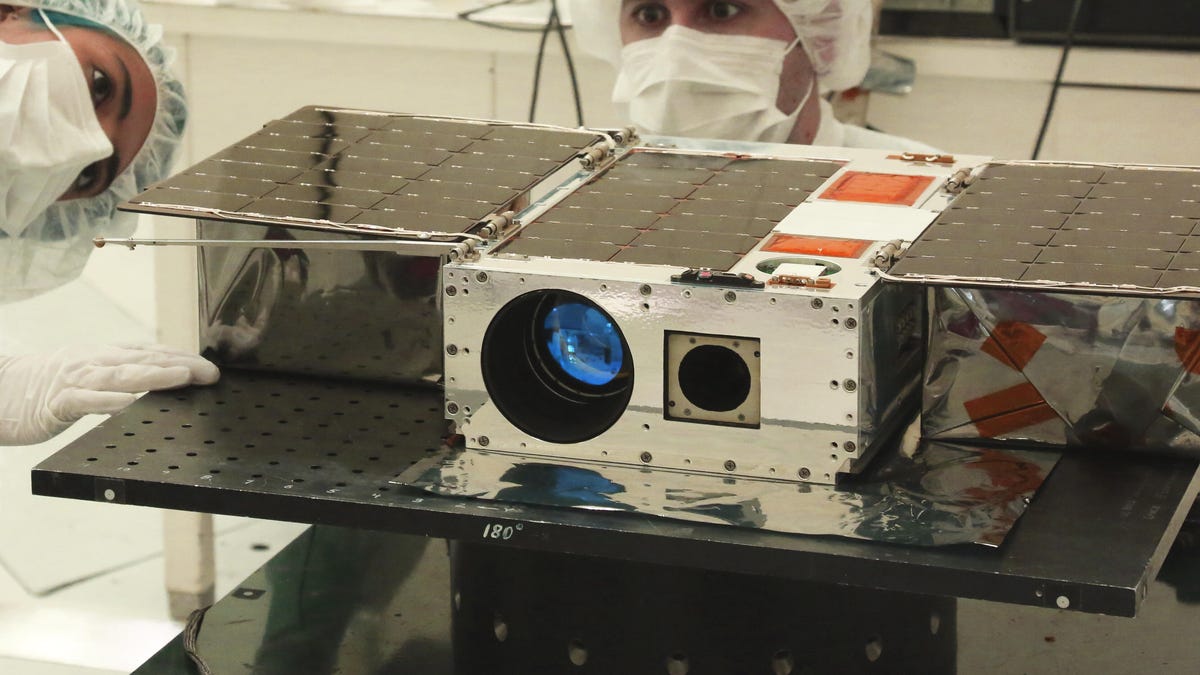JPL loses contact with planet-seeking Asteria spacecraft, but hasn't lost hope
The tiny Asteria CubeSat showed big space dreams can come in small packages.
It may be time to mourn another lost space mission. The Asteria satellite has gone quiet, NASA's Jet Propulsion Lab (JPL) announced on Friday.
Asteria (short for Arcsecond Space Telescope Enabling Research in Astrophysics) is a suitcase-sized spacecraft known as a CubeSat. Its exoplanet-hunting mission came to life in November 2017 when it was deployed into orbit from the International Space Station. It last phoned home on Dec. 5, 2019. Though Asteria is run through JPL, it is not a NASA-funded mission.
Asteria spent time observing stars for telltale dips in brightness that might indicate the presence of distant planets. Scientists are still studying the data it sent back to see if it successfully spotted any worlds.
The CubeSat had already overachieved. It successfully completed its primary mission in early 2018 and then soldiered on through three mission extensions. But the Asteria team still hoped to gather more exoplanet observations.
JPL hasn't entirely given up and will continue to try to contact Asteria into March.
CubeSats like Asteria are showing that small, inexpensive spacecraft can deliver meaningful science results. Although we are disappointed that we lost contact with the spacecraft, we are thrilled with all that we have accomplished with this impressive CubeSat," said Asteria program manager Lorrain Fesq.
Update, January 4 at 11:00 a.m. PT: This story has been updated to clarify that Asteria is not a NASA-funded mission.


